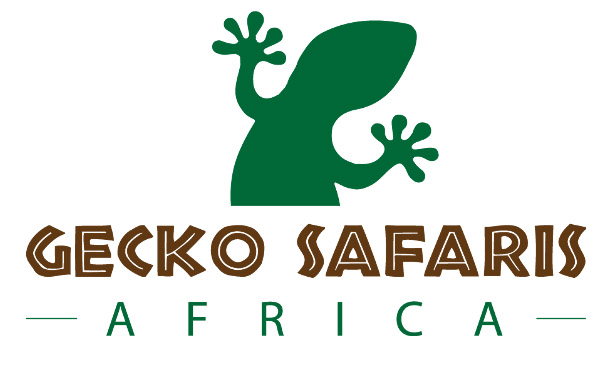Why Are Mountain Gorillas Endangered in Africa?
Mountain gorillas—majestic, intelligent, and deeply social—are among Africa’s most iconic wildlife species. Found only in the misty highland forests of Uganda, Rwanda, and the Democratic Republic of Congo, these gentle giants have long captured the world’s attention. Yet despite ongoing conservation efforts, mountain gorillas remain endangered. Understanding why is key to protecting their future.

Habitat Loss and Fragmentation
Mountain gorillas live in specific forested areas—most notably the Virunga Mountains and Bwindi Impenetrable National Park. These habitats face constant pressure from human activities. As populations grow, people clear land for farming, settlement, and infrastructure. The once-continuous forests are shrinking, forcing gorilla families into smaller, disconnected zones. This isolation disrupts breeding patterns and limits access to food and shelter.
In some places, roads cut through gorilla territories. Encounters with vehicles, construction crews, or nearby villagers increase the risk of conflict, injury, and disease transmission.
Poaching and Wildlife Traps
Mountain gorillas are rarely hunted for bushmeat, but they often become victims of poaching indirectly. Hunters targeting smaller animals like antelope or bush pigs set wire snares in the forest. Gorillas, especially curious juveniles, step into these traps and suffer serious injuries. In some cases, poachers kill gorillas to sell body parts or capture infants for illegal wildlife trade.
Though laws exist to protect gorillas, enforcement remains difficult in remote, lawless, or politically unstable areas.
Human-Wildlife Conflict
In areas near the parks, gorillas sometimes raid crops, eating bananas, maize, or sweet potatoes. This frustrates farmers who rely on these crops for survival. Some people retaliate by throwing stones, using dogs to chase gorillas away, or even setting harmful traps. Without proper community outreach, these conflicts escalate.
Disease Transmission
Mountain gorillas share 98% of their DNA with humans, making them vulnerable to many of the same diseases—like flu, colds, and respiratory infections. A simple cough from a tourist can spread to an entire gorilla family, leading to illness or death.
COVID-19 heightened this threat, prompting stricter health measures like mandatory masks, temperature checks, and limiting close encounters during gorilla trekking experiences.
Political Instability and Armed Conflict
The habitats of mountain gorillas often overlap with regions of conflict, particularly in eastern Congo. Civil wars, militia activity, and displaced communities all contribute to the instability. Armed groups sometimes move through parks, using them as hideouts or resource zones. This leads to
- Increased poaching
- Unsafe conditions for rangers and conservationists
- Limited access for tourists, which reduces funding for conservation
Climate Change
Shifting weather patterns affect food availability and forest growth. Higher temperatures, irregular rainfall, and droughts reduce the abundance of the plants gorillas eat. As they climb to cooler, higher elevations, the forests become thinner and less nutritious.
Climate change also increases disease risk by affecting parasite populations and alters vegetation patterns, disturbing the delicate ecological balance gorillas rely on.
Limited Geographic Range
Mountain gorillas are found in just two regions of Africa. This limited range means that any local crisis—a disease outbreak, forest fire, or military conflict—could affect a large percentage of the total population.
Unlike other species that span continents, mountain gorillas have no alternative habitat. Their survival depends entirely on protecting these few remaining forests.
Efforts Bringing Hope
Despite these threats, mountain gorillas offer a rare conservation success story. Their numbers have risen slowly in recent years, thanks to
- Strong anti-poaching laws
- Dedicated wildlife rangers
- Controlled and ethical gorilla tourism
- Active community engagement
- Cross-border cooperation between Uganda, Rwanda, and DRC
Today, there are over 1,000 mountain gorillas in the wild—up from just a few hundred in the 1980s. Each trekker’s permit helps fund rangers, veterinary care, and local development.
How You Can Help
You can make a difference by:
- Visiting responsibly through licensed tour operators
- Donating to conservation programs
- Spreading awareness about gorilla protection
- Advocating for climate action and forest preservation
Plan Your Responsible Gorilla Trek
Seeing mountain gorillas in the wild is a life-changing experience—but one that carries responsibility. When planned with care, your visit can protect wildlife, uplift communities, and contribute to long-term conservation. Choose destinations like Bwindi, Volcanoes, or Virunga National Parks for ethical and guided treks.

